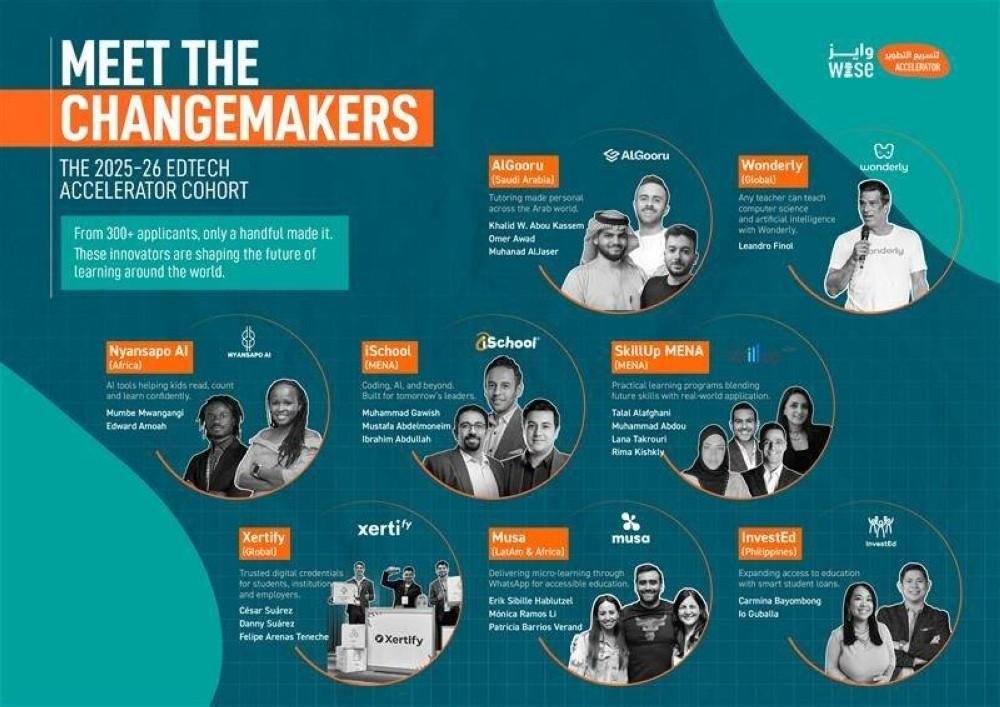Bangladesh is often celebrated as an economic success story, with a consistent average GDP growth of 6.4% annually from 2014 to 2023. The country has steadily shifted away from being solely reliant on low-wage garments and remittances, positioning itself as a nation on the cusp of technological and demographic transformation. However, at the heart of this progress lies a significant challenge: the struggling education system.
With 41 million students, 1.2 million teachers, and over 160,000 schools, Bangladesh has the scale to revolutionize education but lacks the necessary systems to ensure quality outcomes. Shahir Chowdhury, Founder and CEO of Shikho, emphasized in his keynote at Startup Connect 2025 that the country faces a critical juncture. It must modernize its educational approach or risk undermining the very growth engine that has powered its success in recent years.
The Education Fault Lines
Bangladesh’s education system faces three interconnected challenges: cost, access, and quality.
- Cost: Education is prohibitively expensive, particularly outside major cities, due to heavy reliance on private tuition, which burdens low-income households.
- Access: The education system suffers from uneven access, worsened by rural-urban divides and economic migration. Many marginalized families struggle to maintain consistent schooling for their children.
- Quality: The quality of education is hampered by undertrained teachers, outdated learning materials, and unreliable infrastructure, including internet and electricity, further impacting educational outcomes.
The Role of Ed-Tech in Bangladesh’s Future
Ed-tech is not just about digitizing classrooms—it’s a comprehensive reimagining of teaching and learning at scale. It democratizes education, making top-quality teachers, resources, and tools accessible to everyone, regardless of geography or income.
- For Students: AI-driven personalized learning adapts to each student’s strengths, providing real-time feedback and tailored content. Tools like exam prep aids and doubt solvers enhance critical thinking and student engagement.
- For Teachers: Digital tools for lesson planning, automated grading, and real-time analytics reduce administrative workloads, allowing teachers to focus more on teaching. Online platforms also facilitate ongoing professional development.
- For Institutions: Learning management systems (LMS) provide valuable data-driven insights into student attendance, performance, and engagement, helping policymakers and institutions improve resource allocation and evaluate educational policies effectively.
AI as a Co-Pilot, Not a Replacement
AI powers much of the ed-tech innovation, such as auto-generated lesson plans and personalized learning paths. These tools augment rather than replace educators, shifting focus from rote memorization to mastering concepts. Ethical design ensures that technology supplements, rather than disrupts, the learning experience.
Ed-Tech Momentum in Bangladesh
Ed-tech adoption in Bangladesh is growing rapidly. Registrations on one platform jumped from 90,000 in 2021 to 2.5 million in 2024. While still a small fraction of the total student population, this growth signals immense potential. However, Bangladesh’s ed-tech sector remains vastly underfunded compared to neighboring countries, with India attracting $12 billion in ed-tech investments compared to Bangladesh’s $18 million. This highlights both a massive opportunity and the urgent need for investment and policy support.
A $16 Billion Opportunity
Bangladesh’s education market is valued at $16 billion, including $8 billion in private education and $2 billion in after-school tutoring. Ed-tech has the potential to address these sectors effectively, providing affordable digital alternatives to families already spending a significant portion of their income on education. This positions education as a key economic driver for the country, helping to create a digitally skilled workforce and fostering local entrepreneurship.
The Triangle of Transformation
A successful ed-tech revolution in Bangladesh requires a tripartite alliance among ed-tech companies, educational institutions, and government policymakers, supported by venture investors. This collaboration can modernize curricula, enhance teaching methods, and ensure data-driven governance. For investors, this represents an opportunity to support scalable solutions that have measurable impacts on education.
Challenges Remain
Despite the potential, the ed-tech revolution faces hurdles: digital infrastructure challenges, inequitable access to devices, and digital literacy gaps among educators and students. Regulatory frameworks must support innovation while ensuring equity and privacy. Most importantly, Bangladesh needs a national vision—one that recognizes education as a foundation for future growth and development.
The tools to transform education are already available, the need is clear, and the stakes could not be higher. Bangladesh must align its vision with execution to turn its education crisis into a powerful opportunity for future growth.















